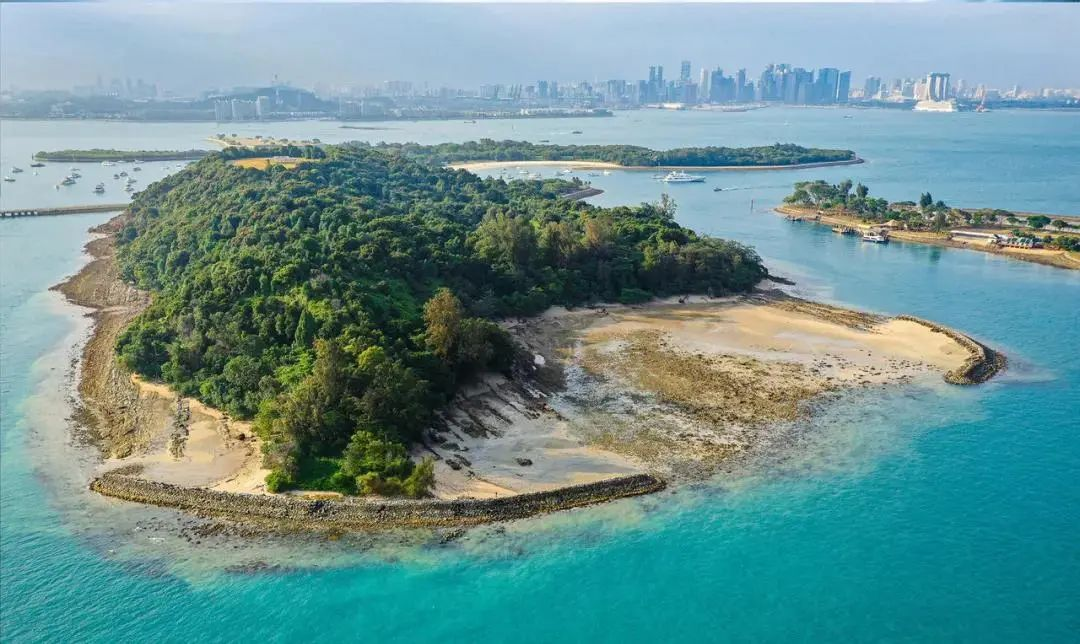As we all know, Singapore, as a tropical island country surrounded by the ocean, although its national size is not big, it is steady developed. The effects of the blue natural resource – The Ocean that surrounds Singapore is indispensable. Let’s take a look at how Singapore get along with the Ocean~
Intricate ocean problems
The ocean has always been a treasure vault of biodiversity, which also helps connect Singapore with Southeast Asian countries and the global region.
On the other hand, marine organisms such as microorganisms, pollutants, and invasive alien species cannot be managed along geopolitical boundaries. Issues such as marine litter, maritime traffic, fisheries trade, the sustainability of biological conservation, international treaties on ship discharges, and high seas genetic resources are all transboundary.
As a country that relies heavily on globalized knowledge to develop its economy, Singapore continues to increase its participation in the sharing of regional resources and has a responsibility to play a role in promoting ecological sustainability. The best solution requires close cooperation and sharing of scientific data among countries. .
Vigorously develop marine science
Back in 2016, the National Research Foundation of Singapore established the Marine Scientific Research and Development Programme (MSRDP). The program has funded 33 projects, including research on ocean acidification, the resilience of coral reefs to environmental change, and the design of seawalls to enhance biodiversity.
Eighty-eight research scientists from eight tertiary institutions, including Nanyang Technological University, participated in the work, and have published more than 160 peer-referenced papers. These research results have led to the creation of a new initiative, the Marine Climate Change Science programme, which will be implemented by the National Parks Council.
Global solutions to local problems
In fact, Singapore is not alone in facing the challenge of symbiosis with the marine environment. More than 60% of the world’s population lives in coastal areas, and about two-thirds of cities with a population of more than 2.5 million are located in coastal areas.
Faced with the problem of over-exploitation of the marine environment, many coastal cities are striving to achieve sustainable development. Singapore’s relative success is worth looking at, balancing economic development with maintaining healthy ecosystems and maintaining rich marine biodiversity.
It is worth mentioning that maritime affairs have received attention and scientific and technological support in Singapore. The concept of transnational networking to study the marine environment already exists, but it is not developed in Asia. Singapore is one of the few pioneers.
A marine laboratory in Hawaii, USA, is networked to collect oceanographic data in the eastern Pacific and western Atlantic. Various EU programmes not only link marine infrastructure, but also collect environmental data across laboratories. These initiatives reflect the importance of shared geographic databases.The MSRDP has greatly enhanced Singapore’s research status in the field of marine science. Environmental research is a protracted battle and a long march of innovation, and it is even more necessary to have a vision beyond the islands to promote the progress of marine scientific research.
The above are the details of Singapore’s marine resources. The sustainable development of the ecology requires the unremitting efforts of all mankind to complete, and we can all be a part of it~

Post time: Mar-04-2022
